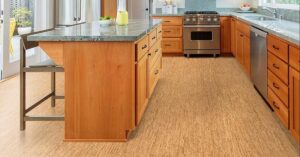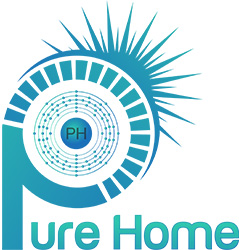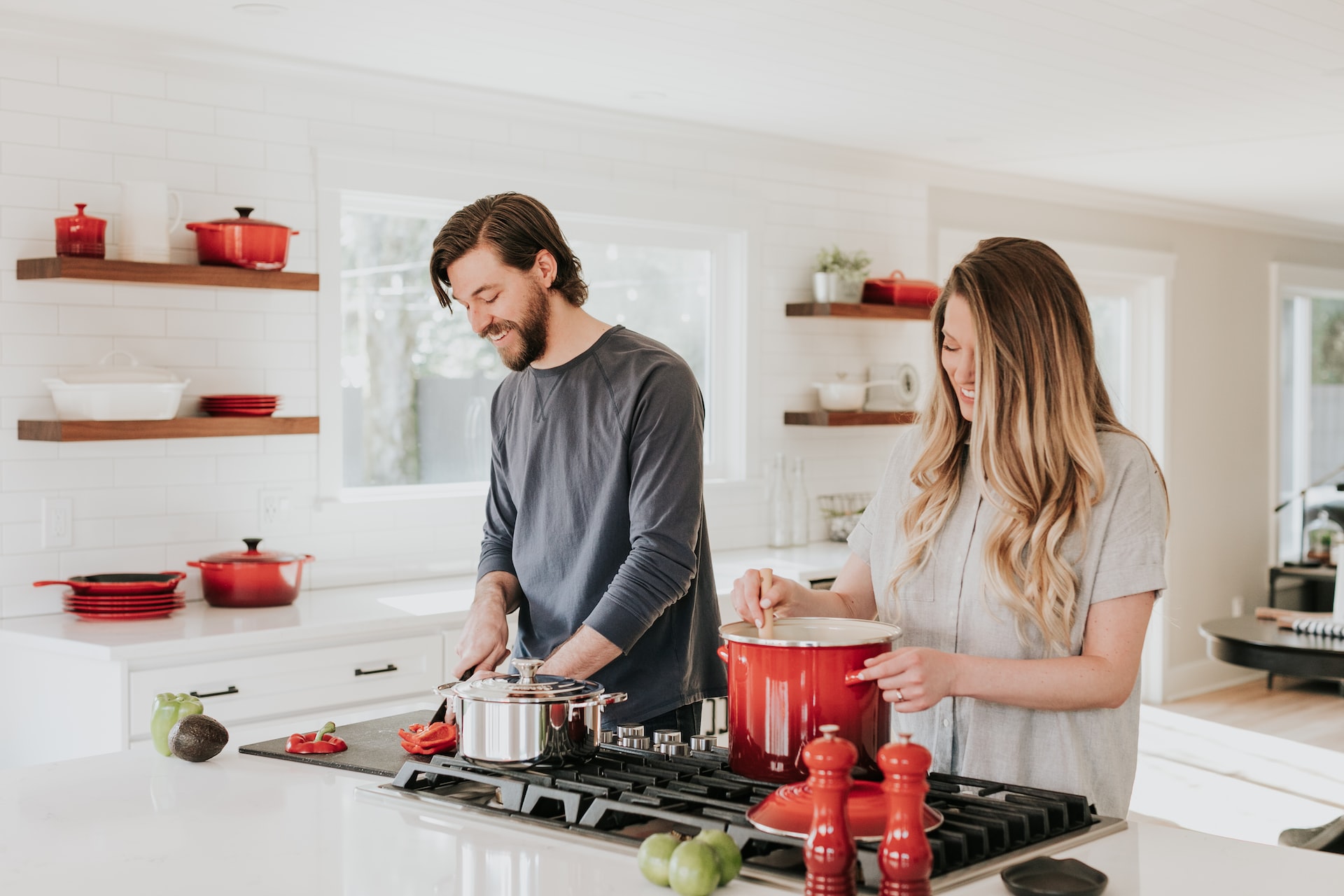What Can Kill Mold?
Mold can be an unsightly and unhealthy problem in your living space. It can grow in many places, including walls, carpeting, clothing, insulation, food and bathrooms. If mold is not eliminated early on, it can spread quickly and cause significant damage to property—and possibly even affect your health. The good news is that there are many natural and effective methods to remove mold from the home environment.
Mold Prevention
Mold is a dangerous and pervasive problem that can cause serious health issues, structural damage, and more. Preventing mold from growing is the best way to keep your home free of mold. There are a variety of measures that must be taken to reduce the risks of mold growth in your home. This article will discuss how to prevent mold in the home, which includes the use of certain products and practices for killing mold.
Control Humidity

A common cause of mold growth in the home is high indoor humidity. High humidity leads to condensation, which creates an ideal environment for mold growth. To help control it, you should:
- Monitor and document humid conditions in your home in certain areas every day, weekly and during rainy seasons.
- Keep indoor humidity levels lower than 50% with a dehumidifier or air conditioner during humid months.
- Use exhaust fans while baking, cooking or showering to reduce moisture levels.
- Open windows on days when weather allows to help move air through the house, reducing humid conditions inside the building.
- Make sure all appliances are functioning properly and are regularly maintained to keep them from leaking water into the house.
- Clean up any spills immediately that may lead to a damp spot; dry off counters, bathtubs and other surfaces after use; use towels only once and hang them up afterward rather than leaving them sitting on a surface; empty dehumidifiers every day; and/or run a fan over recently washed surfaces so they will dry faster to prevent mold growth from developing.
Keep Surfaces Clean and Dry

To prevent mold growth in the home, it is important to keep surfaces clean and dry. Mold needs moisture and nutrients to grow, so it thrives in warm, damp places— such as bathrooms or basements—where moisture accumulates.
To prevent mold growth, it is essential that surfaces remain clean and dry. This can be accomplished through proper ventilation, detergent cleaning products, and regular maintenance such as clearing out gutters and cleaning up any water leakage. It’s also important to address any areas in the home where excessive moisture accumulates.
For instance, you’ll want to use dehumidifiers when necessary or make sure that any windows are covered while not in use so they don’t allow air or moisture infiltration into your home’s interior.
Clean objects—including clothing garments and furniture—regularly with detergent solutions or bleach solutions if the material used on them can safely be cleaned with bleach without being damaged.
Finally, avoid keeping large piles of clothing or fabric in damp environments since these quickly become breeding grounds for molds and other allergens. Following these preventive steps can help ensure that your home remains mold-free while providing a healthy living environment for yourself and your family!
Fix Leaks and Water Damage

Mold needs moisture to grow, and can thrive in damp, humid climates. It is important to quickly address any water damage or leaks as they are the most common cause of mold in homes. Identifying the source of moisture in the home and getting rid of it are keys to effective mold prevention.
If there is an existing problem, knowing when to call a professional for your mold problem may be necessary. Make sure the area is properly ventilated so that you don’t trap the mold spores during or after cleaning.
If you suspect an issue with a water source such as a broken pipe or sink overflow, it is recommended to turn off all water usage until the problem can be addressed and repaired. Even minor amounts of water leakage can provide a place for mold to grow over time if left unaddressed, so repair any issues as soon as possible.
In cases where water damage has occurred, swift action should be taken in order to inhibit growth from occurring and causing more extensive damage to property and health risks for occupants in the home. Remove standing water and keep humidity levels low by using dehumidifiers and fans when possible in order to create unfavorable conditions for any potential mold growth.
Use Mold-Resistant Materials

Mold spores are everywhere and it only takes a moist environment for them to begin feeding and multiplying. To prevent the growth of mold, it’s important to use materials that are specifically designed to be mold-resistant. There are a variety of ways to do this, such as:
- Install mold-resistant flooring, such as cork, laminates, or tiles.
- Choose paints with mildewcides and keep well ventilated while painting.
- Choose a waterproof membrane like plastic sheeting or other type of sealant when installing tile.
When done correctly, these measures will make your home less hospitable for mold growth and help you keep it at bay for years to come.
Mold Removal
Mold can be a difficult and an expensive problem to deal with, as it is capable of causing significant damage to your property if not addressed promptly. Fortunately, there are several methods available to help you get rid of mold. Let’s look at some of the most effective ways to remove mold and what kills it.
Physical Removal

Physical removal is the process of removing mold growth from surfaces by scraping it away with a scraper, brush, vacuum cleaner or by wiping. It’s important to use extreme caution when attempting physical mold removal in order to avoid further contamination and cross-contamination as well as to avoid health issues because of mold exposure.
Physical removal of mold is not always feasible as it can spread spores quickly throughout an environment. If the areas of concern are large, physical removal is not recommended since it may require additional time and effort.
It’s important to check the area after completion of physical removal to ensure that all traces have been eliminated before treating the area with disinfectants or antifungal agents.
Chemical Removal

Chemical removal of mold is typically handled with commercial cleaning products containing ingredients like chlorine, bleach, borax, vinegar, or detergents.
The first step is to determine the source of any mold growth. This can be done visually or with equipment that detect and measure air quality such as an air quality monitor. Once the source of the mold has been determined and identified, it is necessary to identify any underlying causes that are contributing to the mold growth, such as moisture problems or water leaks.
The next step is to select appropriate chemical cleaners to kill and remove the mold from surfaces. It’s important to carefully assess each surface material so that specific types of cleaners can be chosen that are suitable for each surface without causing any further damage or staining.
It’s important to note that careful application is always needed so not to cause significant staining or discoloration in treated areas as some chemicals may react differently with different materials depending on their composition.
It is highly recommended to hire and let a professional mold removal contractor administer chemical treatments because some chemicals may produce fumes which could irritate eyes or other skin contacts if you’re not properly protected from exposure that could lead to serious health complications.
Natural Remedies
Molds can cause allergies, asthma attacks and other health issues in humans and pets. To keep mold at bay, you don’t have to rely on harsh chemicals — natural remedies can effectively control its growth.
One of the most effective molds remediation treatments is using vinegar. White vinegar is a natural disinfectant that’s known for killing most mold species with ease.
For more persistent growths, try adding tea tree oil to your mix — this antibacterial agent is known to be potent against even the toughest molds.
Baking soda not only kills several types of molds but also absorbs moisture efficiently, making it ideal for preventing further infestations in damp or humid areas like bathrooms and basements where fungal growths are commonplace.
Conclusion: What Can Kill Mold?
The bottom line is that mold is a problem, but with the right strategies and knowledge about what kills mold, it can be controlled and prevented effectively. By using a combination of physical removal, natural ingredients like vinegar, baking soda and hydrogen peroxide, and store-bought products such as chlorine bleach or ammonia, you can at least try to eliminate most any kind of mold in or around your home.
Taking preventive steps like reducing indoor humidity and preventing water damage can also help keep mold at bay. With these methods in mind, you can maintain a healthy home environment that is free of mold growth.
It’s important to remember that certain types of molds may be especially dangerous to those with sensitivities or respiratory problems. In these cases, it’s best to contact a professional remediation service to have the area cleaned safely.



